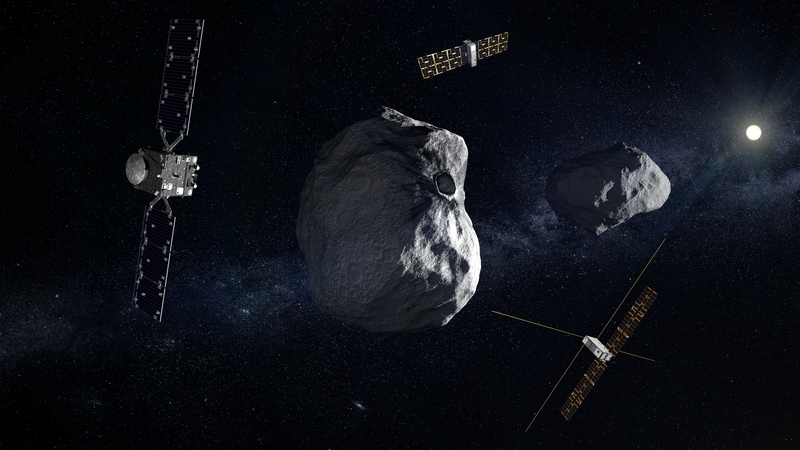The internal structure of asteroids remains one of the greatest mysteries in space exploration. To date, we lack direct observations and can only make indirect estimates through the density of these bodies. However, we are getting closer to uncovering the secrets hidden beneath the surface.
Laboratory impact experiments and advanced numerical models provide valuable insights into how asteroids fragment and reassemble, forming what we know as gravitational aggregates. The way these structures reorganize after a collision is closely tied to the original impact, offering a glimpse into the past of these objects.
On one hand, the analysis of asteroid macroporosity, combined with simulations, helps us understand how collisions occur across different asteroid types. On the other hand, statistical data on impacts within the asteroid belt provides crucial information about the internal composition of these gravitational aggregates.
The future of space exploration relies on missions dedicated to probing the interior of asteroids. Only these missions will provide the much-anticipated quantitative evidence on fragmentation and reaccumulation processes, which are essential for unraveling how these celestial bodies form and evolve.
While these missions are still in development, numerical simulations remain our only tool for unveiling the mysteries of asteroid formation. Our group is deeply committed to this field, leading pioneering projects to understand these phenomena. An initial low-resolution model has already explained the formation of contact binary asteroids, a crucial step in better understanding the dynamics of these bodies(see ‘Research/Recent papers’).
